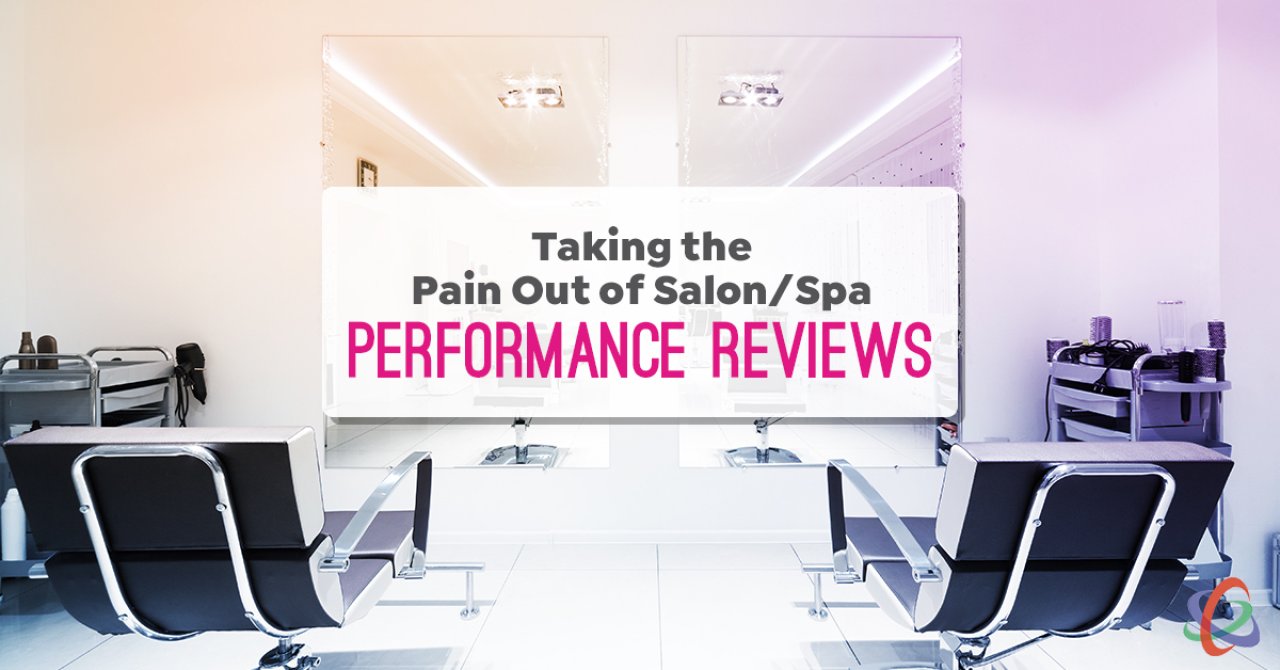Taking the Pain Out of Salon & Spa Performance Reviews

When it’s performance review time, it’s a sure bet that you’re not beaming with excitement.
In fact, conducting scheduled performance reviews is probably the one leadership responsibility that owners procrastinate on the most. That’s why just about every owner chuckles when I ask, “Do you do quarterly performance reviews at least once a year?”
So why is it that something as essential as one-on-one performance reviews can be regarded as painful?
Too often, performance reviews are regarded as confrontational and outright uncomfortable, especially when performance and behavior issues exist.
- Issuing praise and accolades is the joyous reward of leadership.
- Dispensing the not-so-fun corrective and disciplinary stuff is where vital information gets stuck in the leadership blockage muck of emotions and fear of confrontation.
Performance reviews are formal opportunities to guide and coach employees to reach their full potential.
Owners create their own perspective that performance reviews are “confrontational.” Until owners can shift their thinking back to the healthier “guide and coach” approach, the process of conducting performance reviews will continue to be painful, ineffective, and detrimental to the company culture.
Here are some No-Compromise Leadership strategies to take the pain out of performance reviews:
- Properly set the table: Take the drama and uncertainty out of your performance reviews by informing employees how they will be evaluated and what topics, performance and issues will be discussed. Detail how the review will be conducted — that they will be open, respectful and allow both parties to express their views safely. The “not knowing” is what fuels stress. Given this, you may want to re-introduce performance reviews to your employees.
- Use evaluation tools that allow the right conversations to occur: At Strategies, we encourage the use of Broadbands and evaluation tools to serve as a checklist of talking points. For example, under the heading of “dependability and accountability,” you can ask the employee how they would rate theirself on a scale of one to ten. If they rate theirself higher than you would, you instantly have the basis to open dialog where you can say, “That’s interesting because I rated you a bit lower because of ...” Tools keep you on course and allow the right conversations to occur.
- Keep the focus on the desired outcome: Without question, one-on-one performance reviews are stressful and emotional. But consider this; the intention is to establish and clarify the mutual accountabilities and next-steps for employee and company success. Sensitive issues may need to be addressed, but with success as the desired outcome, performance reviews should be embraced as positive and necessary course adjustments, not dreaded confrontations to be avoided.
- Record keeping and accountability: These are two of the most common post-performance review pitfalls. First, you must maintain accurate records of each and every performance review detailing what was discussed, what the next steps and expectations are — complete with timelines. Second, too many owners expect all to be right with the world after a performance review. It’s the leader’s responsibility to hold the employee accountable — to check in and see if the employee is making progress or is stuck and in need of coaching, guidance and support.
Here’s my challenge to you: Performance reviews are essential elements to employee growth, retention and nurturing of the company culture.
If your reviews are incomplete and leaving essential performance issues unsaid, that’s called compromise and your company’s performance is paying a price.
Comments
No comments found. Start the conversation!
Leave a Comment